Vietnam’s National Load Dispatch Center (NLDC) has decided against approving any solar or wind energy facilities in 2022, highlighting difficulties in the country’s grid infrastructure to accommodate new renewable energy additions.

So what?
Vietnam has seen massive growth in the solar sector in the last 3-4 years, driven greatly by the country’s favourable feed-in tariff policies. However, these developments have strained the country’s transmission and grid infrastructure, with the government cutting down on the feed-in-tariff policies.
These developments demonstrate the hurdles and difficulties that will be part of the renewable energy transition in many nations. Grid transmission acts as a bottleneck to energy transmission and consequently to energy finance, slowing the pace of the transition and maintaining the dependence on traditional carbon-intensive energy sources like coal.

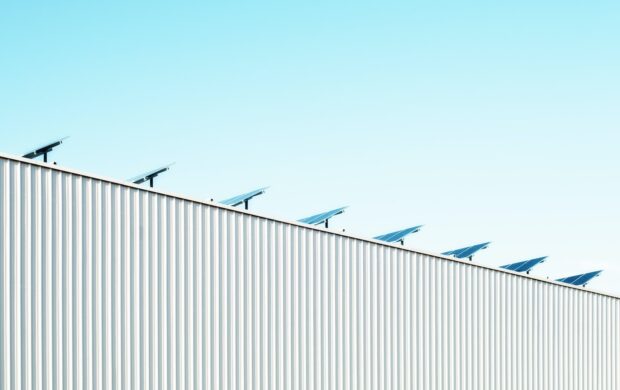
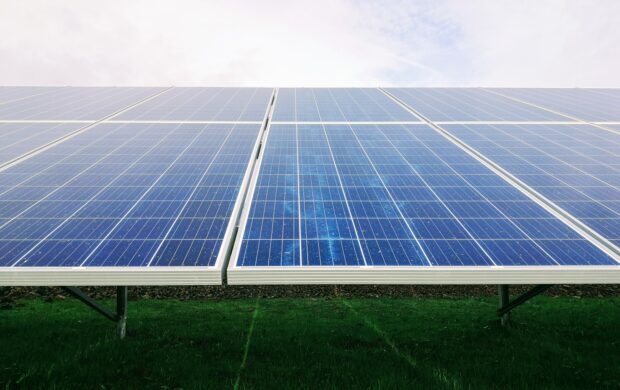
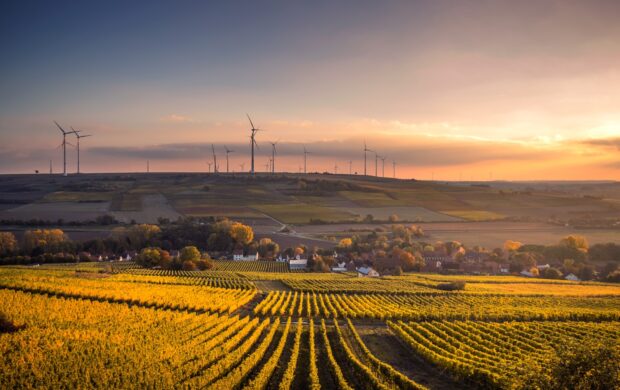

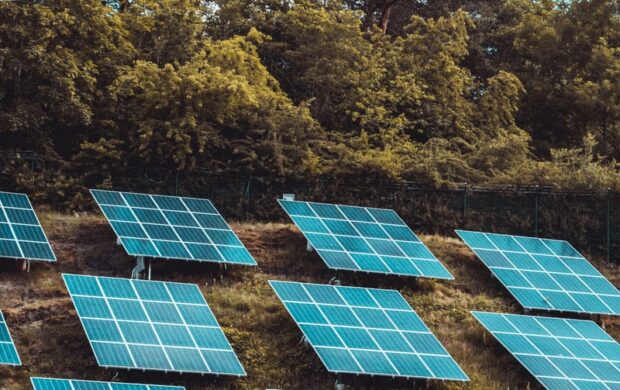
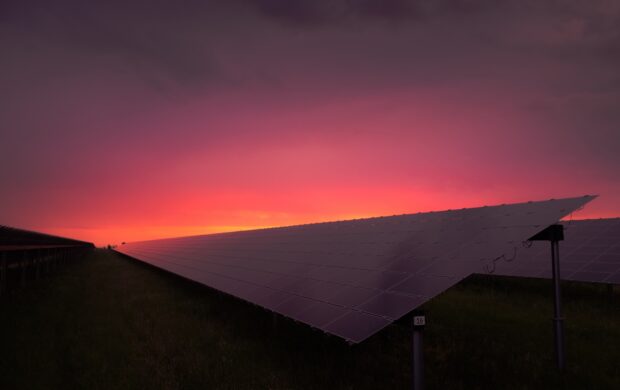
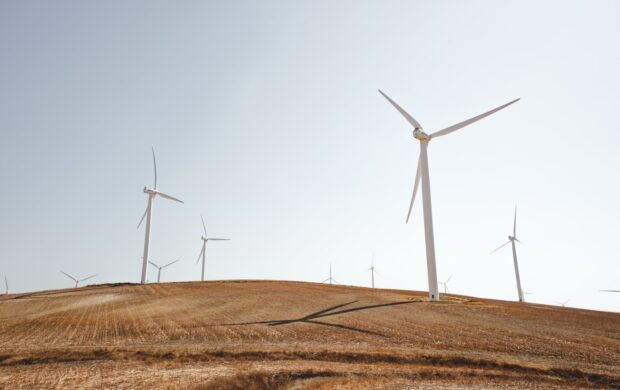
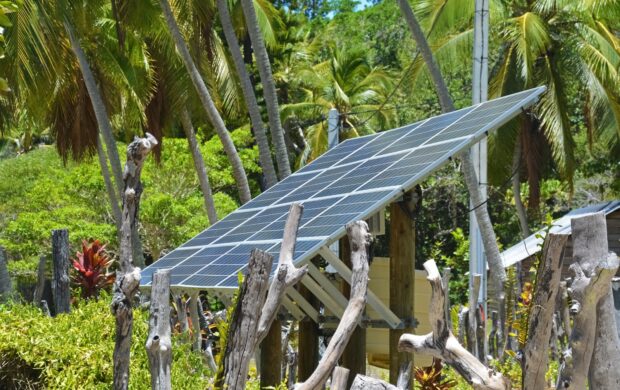


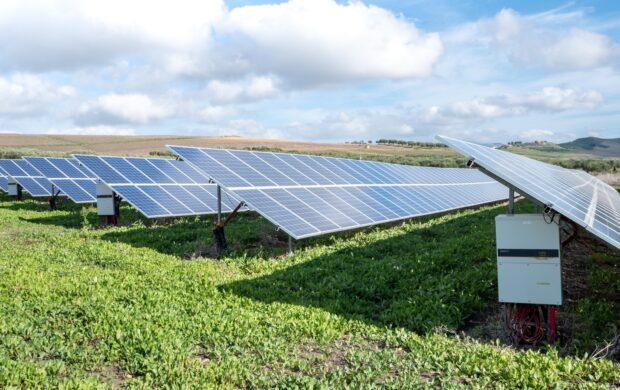
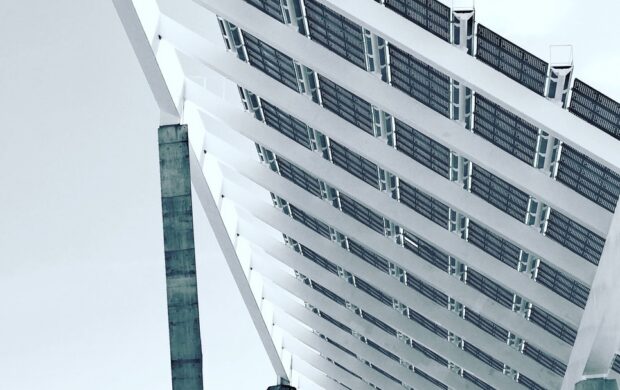







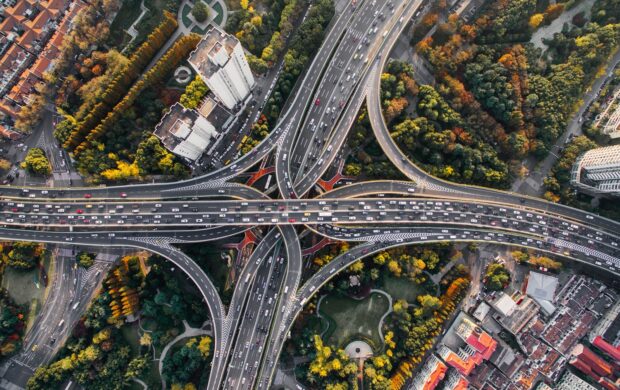


Join discussion